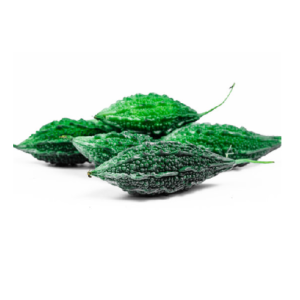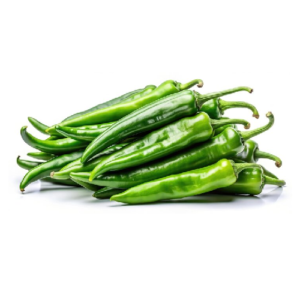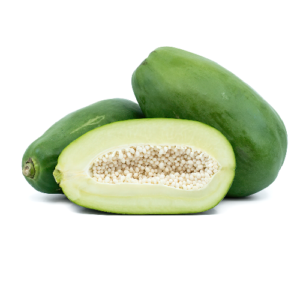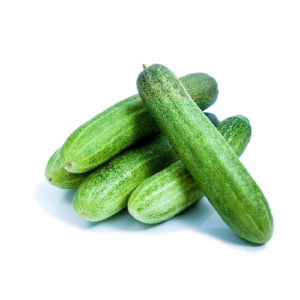Description
Taro Root (Kochur Mukhi), also known as Elephant Foot Yam or Arbi, is a starchy root vegetable widely used in South Asian, Caribbean, and African cuisines. It has a nutty flavor and a dense, fibrous texture. The vegetable is often boiled, fried, or added to curries. Here are two descriptions of Taro Root (Kochur Mukhi):
1. Fresh Taro Root (Kochur Mukhi) (Raw – KG)
-
Description: Fresh Taro Root (Kochur Mukhi) has a rough, brown, and fibrous outer skin with a white to off-white inner flesh. The raw root is firm, starchy, and slightly slimy, which is why it must be cooked thoroughly before consumption. Taro root is known for its subtle earthy flavor, which can be slightly nutty and mild. It can vary in size from small to medium and has a cylindrical shape.
-
Uses: Fresh Taro Root (Kochur Mukhi) is primarily used in curries, stews, and vegetable dishes. The root can be boiled, steamed, or fried. It is often added to spicy curries along with lentils, potatoes, and other vegetables. In Indian cuisine, it is commonly used in dishes like arbi curry, where it is cooked with tomatoes, onions, and a variety of spices such as cumin, coriander, garam masala, and turmeric. The root can also be boiled and mashed, seasoned, and served as a side dish or used in vegetarian patties.







Reviews
There are no reviews yet.